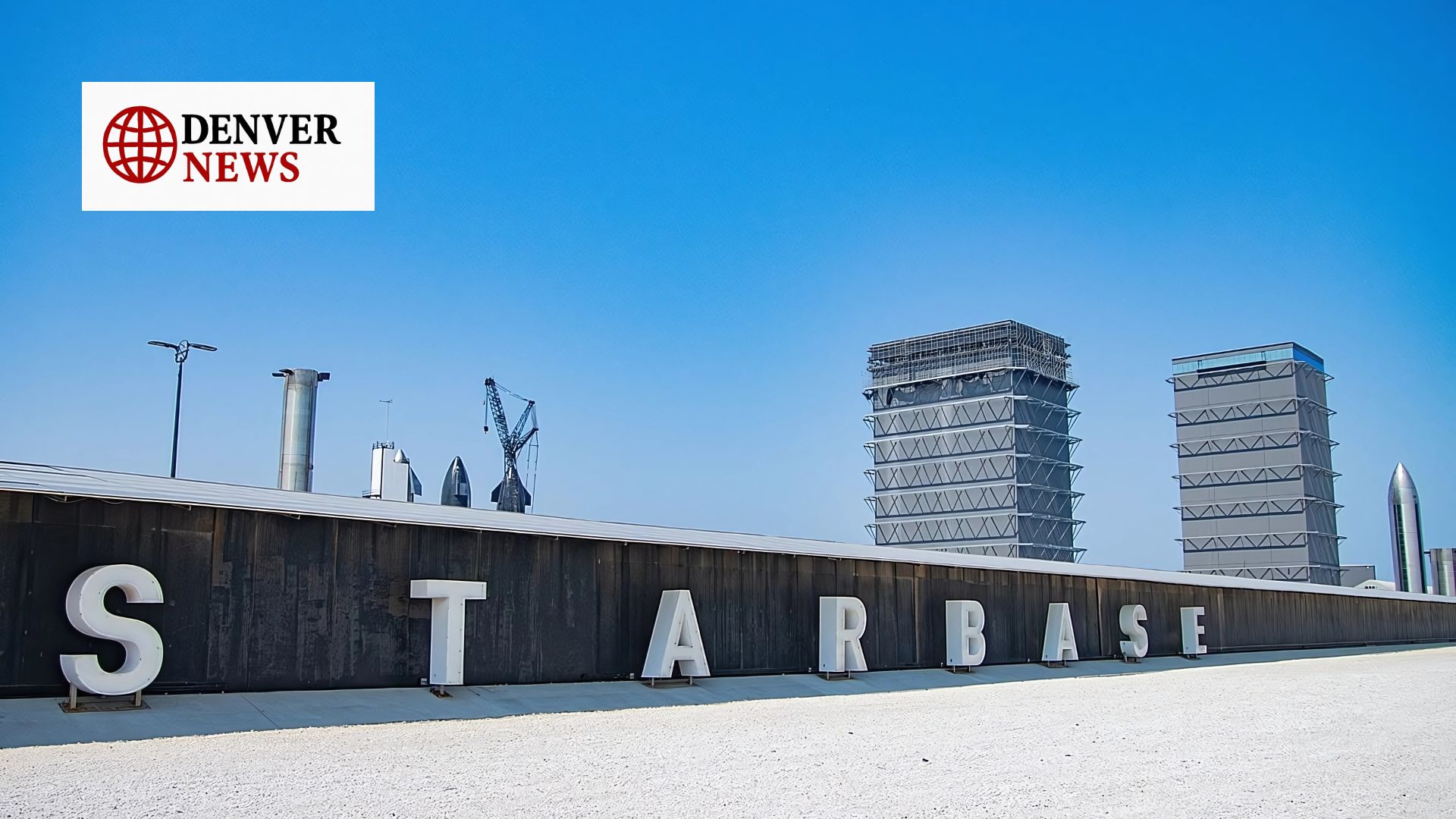The world watched with anticipation as SpaceX prepared to launch Starship 36—its next-generation rocket designed to take humans to the Moon, Mars, and beyond. But what was meant to be another milestone turned into a fiery spectacle when the rocket exploded mid-air shortly after lift-off at Starbase, Texas.
This dramatic event has once again brought attention to the high-stakes, high-risk nature of space innovation.
🔍 What Happened?
On July 2, 2025, SpaceX attempted a test flight of Starship 36, part of its ongoing development and stress-testing phase. The rocket successfully lifted off from the pad, but about 52 seconds into the flight, the onboard systems detected anomalies. Seconds later, Starship 36 exploded in a massive fireball, lighting up the skies above Boca Chica.
No injuries were reported, and SpaceX had cleared the area well in advance, as is standard protocol for test flights.
🧠 What Caused the Explosion?
According to preliminary analysis from SpaceX engineers, the failure was due to a malfunction in the Raptor engine cluster, possibly linked to overheating in the fuel delivery system. Telemetry data showed a sudden drop in thrust, followed by a rapid structural failure.
An automatic Flight Termination System (FTS) likely triggered, destroying the rocket intentionally to prevent uncontrolled descent.
SpaceX has not confirmed the exact reason yet, but a full investigation is underway.
🤖 Elon Musk’s Response
Elon Musk, never one to hide from setbacks, responded on X (formerly Twitter):
“Another step forward in learning. Starship 36 taught us a lot today. We’ll fix it and fly again soon.”
This attitude aligns with SpaceX’s development philosophy: “Fail fast, learn faster.”
Rather than seeing failures as disasters, Musk views each test as a valuable data point toward perfecting humanity’s next-generation spacecraft.
🚀 What Is Starship 36?
Starship 36 is part of SpaceX’s fully reusable launch system designed to carry up to 150 metric tons to orbit. It’s the backbone of future missions to:
- Establish a human settlement on Mars
- Perform lunar missions under NASA’s Artemis program
- Launch massive satellite payloads
- Enable long-distance space travel at low cost
Each version, from Starship 1 to 36, has been a step in refining this revolutionary rocket.
📍 Why Is Starbase Texas So Important?
Starbase, located near Boca Chica, Texas, is SpaceX’s primary testing and launch facility for the Starship program. It has witnessed both historic milestones—like the first successful Starship landing—and dramatic failures, like the recent explosion.
Its isolated coastal geography makes it ideal for experimental launches, minimizing risk to nearby communities.
🛰️ What’s Next for SpaceX?
Despite the explosion, SpaceX remains undeterred. Engineers are already reviewing flight data, adjusting blueprints, and prepping for the next prototype—likely Starship 37 or a modified version of 36.
Expect another test flight within 6–8 weeks, as part of their commitment to iterative development and rapid innovation.
🔚 Final Thoughts
The explosion of Starship 36 is not a failure—it’s progress. In the world of space exploration, each fiery setback paves the way for future success. While the visuals may shock the public, this is how breakthroughs are built.
Other Using Link
Why is Hulk Hogan Called ‘The Immortal’? Net Worth & Wrestling Journey Uncovered







